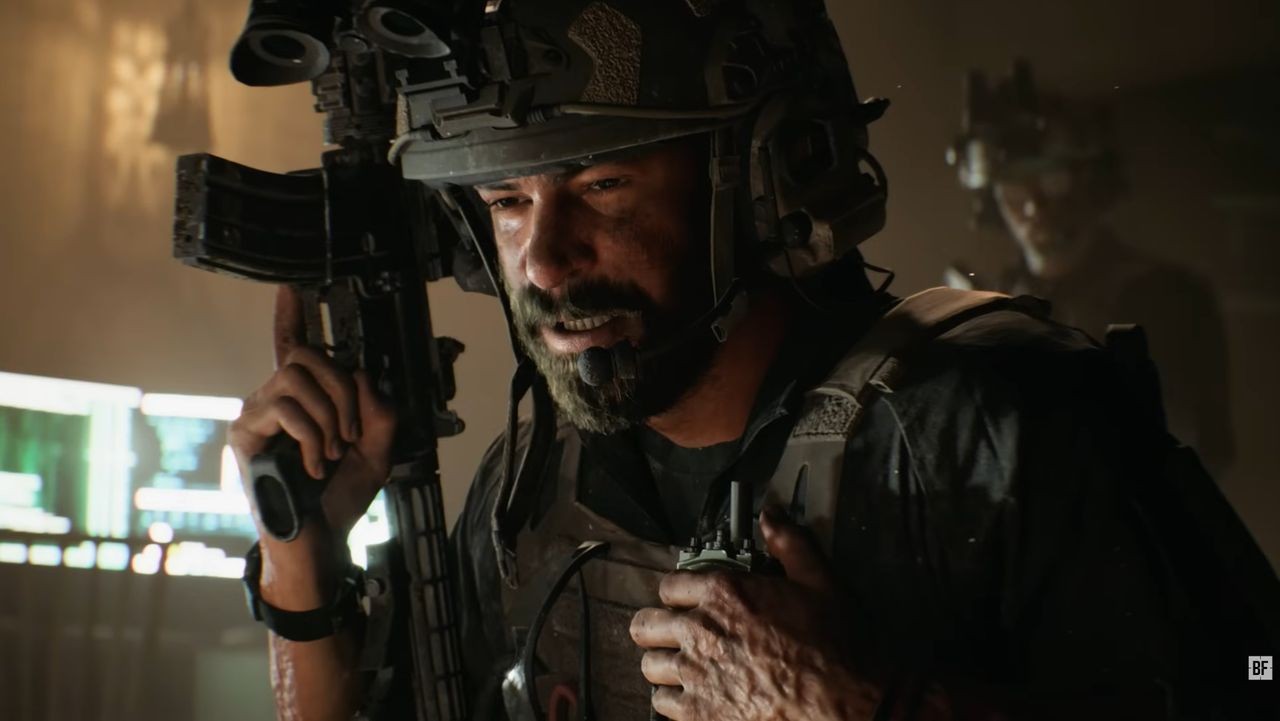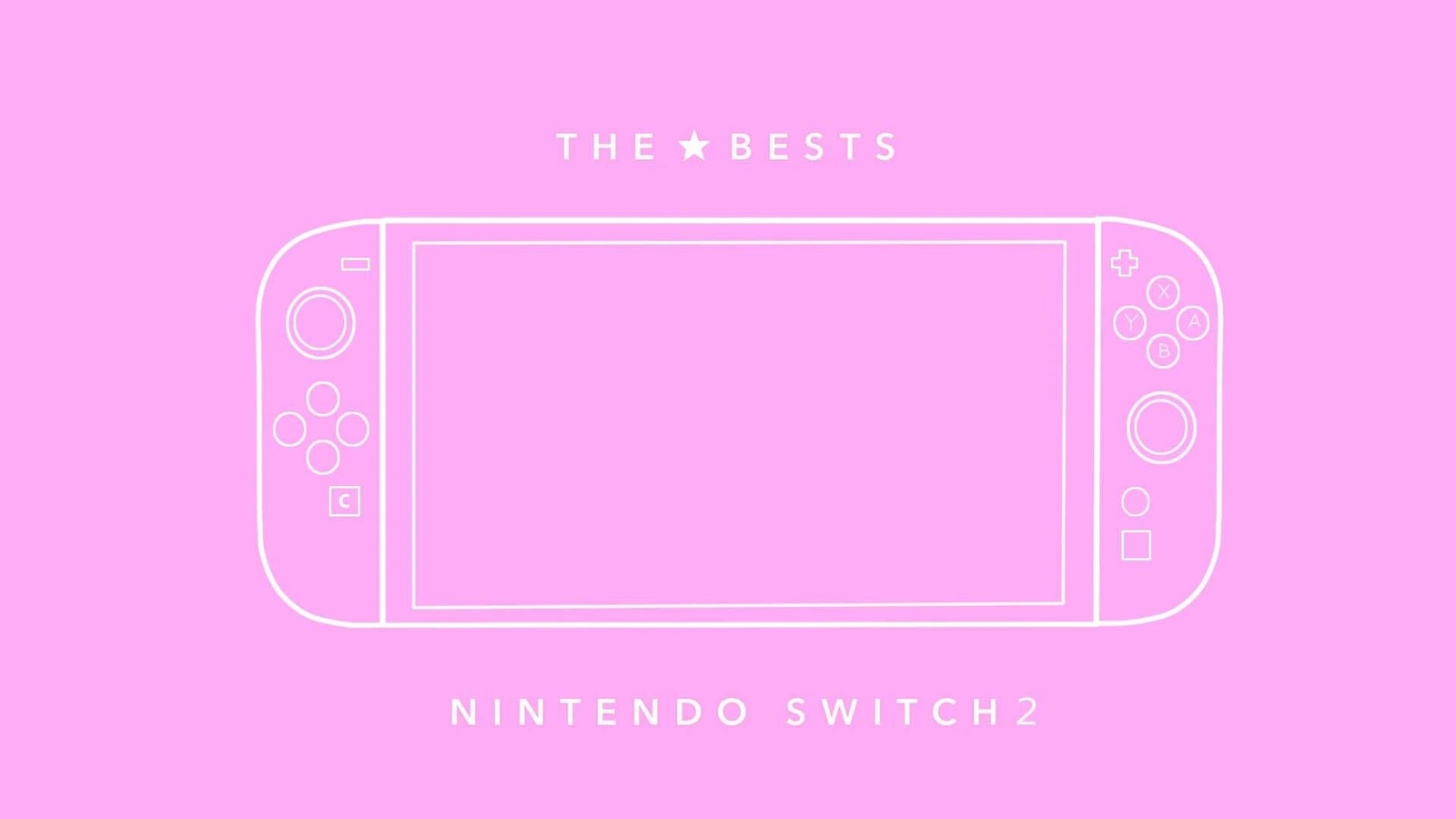EA’s Pricing Strategy: Battlefield 6 Stays Accessible
The gaming world has been abuzz with speculation about the pricing of upcoming blockbuster titles, particularly in the context of next-gen gaming. Amidst this chatter, Electronic Arts (EA) has made a noteworthy announcement regarding the highly anticipated Battlefield 6. Contrary to the growing trend of increasing game prices, EA’s CEO Andrew Wilson has confirmed that the company is not planning to raise the price of Battlefield 6 to $80. According to a report by [PC Gamer](https://www.pcgamer.com/games/fps/battlefield-6-probably-isnt-going-to-cost-usd80-were-not-looking-to-make-any-changes-on-pricing-at-this-stage-ceo-says/), Wilson stated, “We’re not looking to make any changes on pricing at this stage.”
The Context of Gaming Prices in 2025
As we navigate through 2025, the gaming industry is undergoing significant shifts. With the advent of more powerful gaming consoles and the rising costs of game development, several major publishers have started to explore higher pricing models. Titles like NBA 2K21 set a precedent in previous years by pushing the standard price of next-gen games to $70 and beyond. This has sparked a debate among gamers and industry analysts alike about the sustainability and fairness of such pricing strategies.
EA’s decision to maintain the pricing of Battlefield 6 is a strategic move that could set it apart in a competitive market. While some publishers argue that increased prices reflect the higher production costs and added value of new-gen games, EA seems to be prioritizing accessibility and consumer satisfaction.
Why EA’s Decision Matters
EA’s stance on game pricing is significant for several reasons. Firstly, it highlights the company’s commitment to its player base, ensuring that games remain affordable for a broad audience. This approach not only fosters goodwill among consumers but also potentially increases the game’s reach and player engagement.
Moreover, maintaining a stable price point can be seen as a strategic business decision. By not inflating prices, EA may attract a larger volume of sales, which can offset the potential loss of revenue from higher individual pricing. This could be particularly effective for a franchise like Battlefield, which relies heavily on multiplayer engagement and community building.
Comparative Pricing in the Gaming Industry
When looking at the broader landscape, EA’s decision contrasts with the strategies of other major publishers. For instance, Sony and Activision have been more open to embracing higher price points for their flagship titles. This divergence in pricing strategies could lead to interesting competitive dynamics in the industry.
The decision also raises questions about the perceived value of games. Are gamers willing to pay more for enhanced graphics, new gameplay mechanics, and additional content? Or do they prioritize accessibility and affordability? EA’s approach suggests that they believe in a balanced model that offers value without alienating potential players due to cost.
The Future of Game Pricing
As we look ahead, it remains to be seen how EA’s pricing strategy will influence the broader industry. Will other companies follow suit, or will they continue to push the envelope with higher prices? The decision could have far-reaching implications, especially as digital distribution becomes increasingly dominant, and physical copies of games become less common.
For now, Battlefield 6 stands as a testament to EA’s commitment to keeping games accessible. This decision may well resonate with gamers who are becoming increasingly vocal about their expectations and concerns regarding game pricing.
Engaging the Community
Ultimately, EA’s decision not only impacts pricing but also highlights the importance of engaging with the gaming community. By listening to players and understanding their needs, EA is positioning itself as a consumer-centric company in an industry that often grapples with balancing profit and player satisfaction.
As Battlefield 6 gears up for release, it will be interesting to see how this pricing strategy plays out in terms of sales and player feedback. Will EA’s approach influence other publishers, or is it a unique stance that sets them apart? Only time will tell, but one thing is certain: the conversation around game pricing is far from over.
In the meantime, what are your thoughts on game pricing? Do you believe that maintaining a lower price point enhances accessibility and community engagement, or do you see value in the higher prices justified by advanced game features? Share your thoughts in the comments below.
Battlefield 6, EA pricing strategy, game industry trends 2025, affordable gaming, next-gen game pricing, EA CEO Andrew Wilson, gaming community engagement, game development costs, competitive game market, player satisfaction
Image source: Original Article





